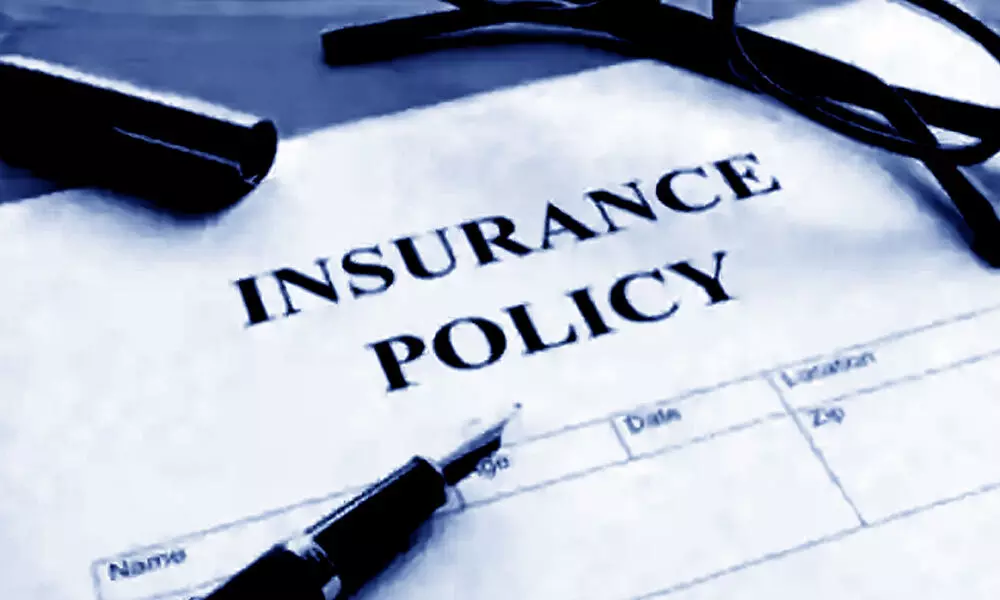Smart Goal-Setting Tips for Long-Term Financial Success
Getting your finances in order does not happen overnight. It takes time, focus, and a solid plan. You need to set the right goals to see progress with your money. Your goals should be clear, realistic, and built to last….
Creative Ways to Save for Education Without a 529 Plan
529 plans often get people’s attention when it comes to saving for education, They offer tax benefits, are easy to set up, and are designed specifically with future education costs in mind. But you might want to explore other options…
Fast Track Your Emergency Savings in Just 100 Days
An emergency fund is a safety net for your financial life. It keeps you from sliding into debt when an expected event happens. But saving up a few thousand dollars can be overwhelming, especially if you’re starting from zero. Fortunately,…
Smart Retirement Planning for Self-Employed Professionals
Being your own boss comes with a lot of freedom, but it also means taking full responsibility for your financial future, including retirement. But you might put off retirement planning without an employer-sponsored 401(k) or a human resources department reminding…







